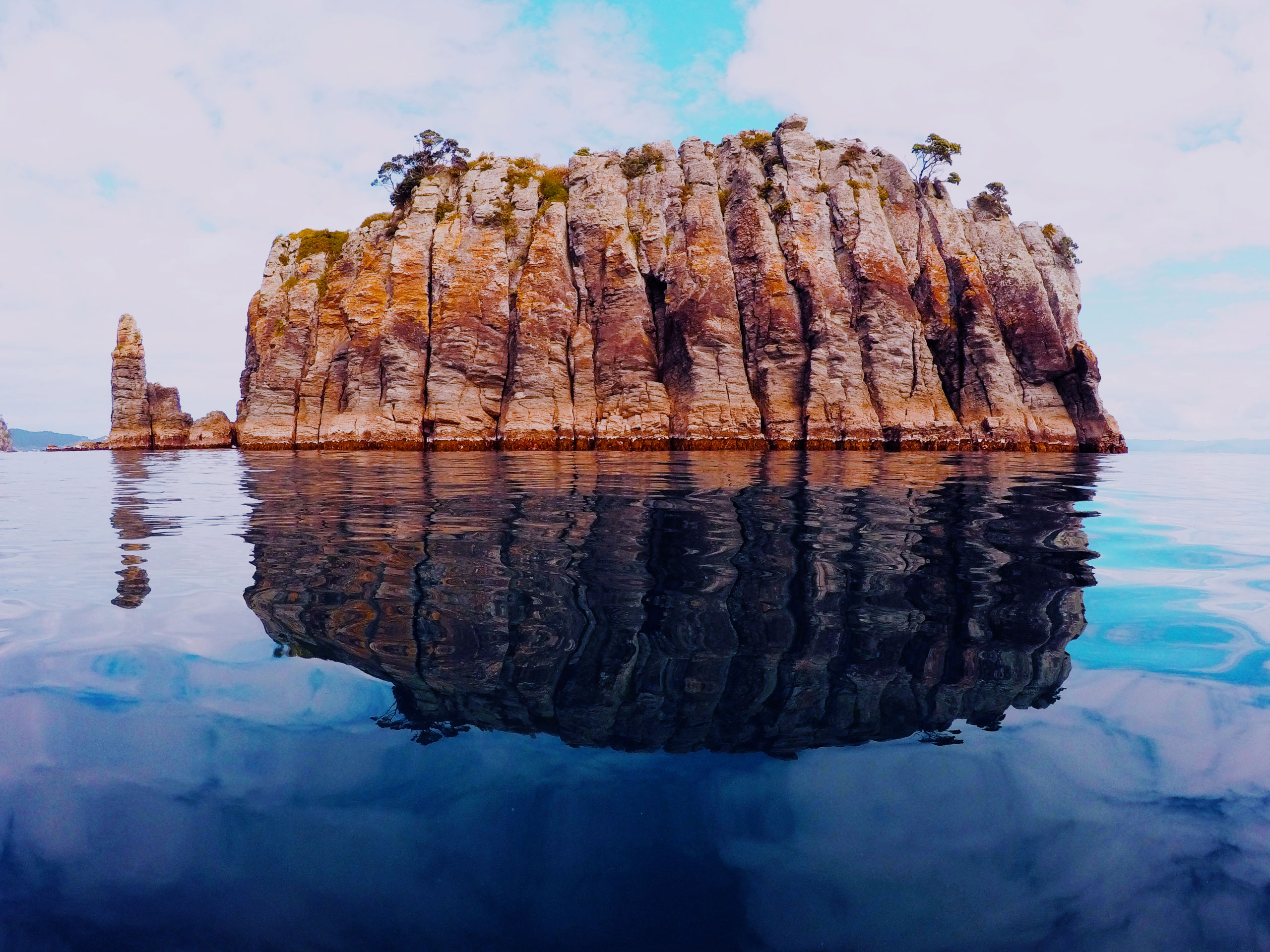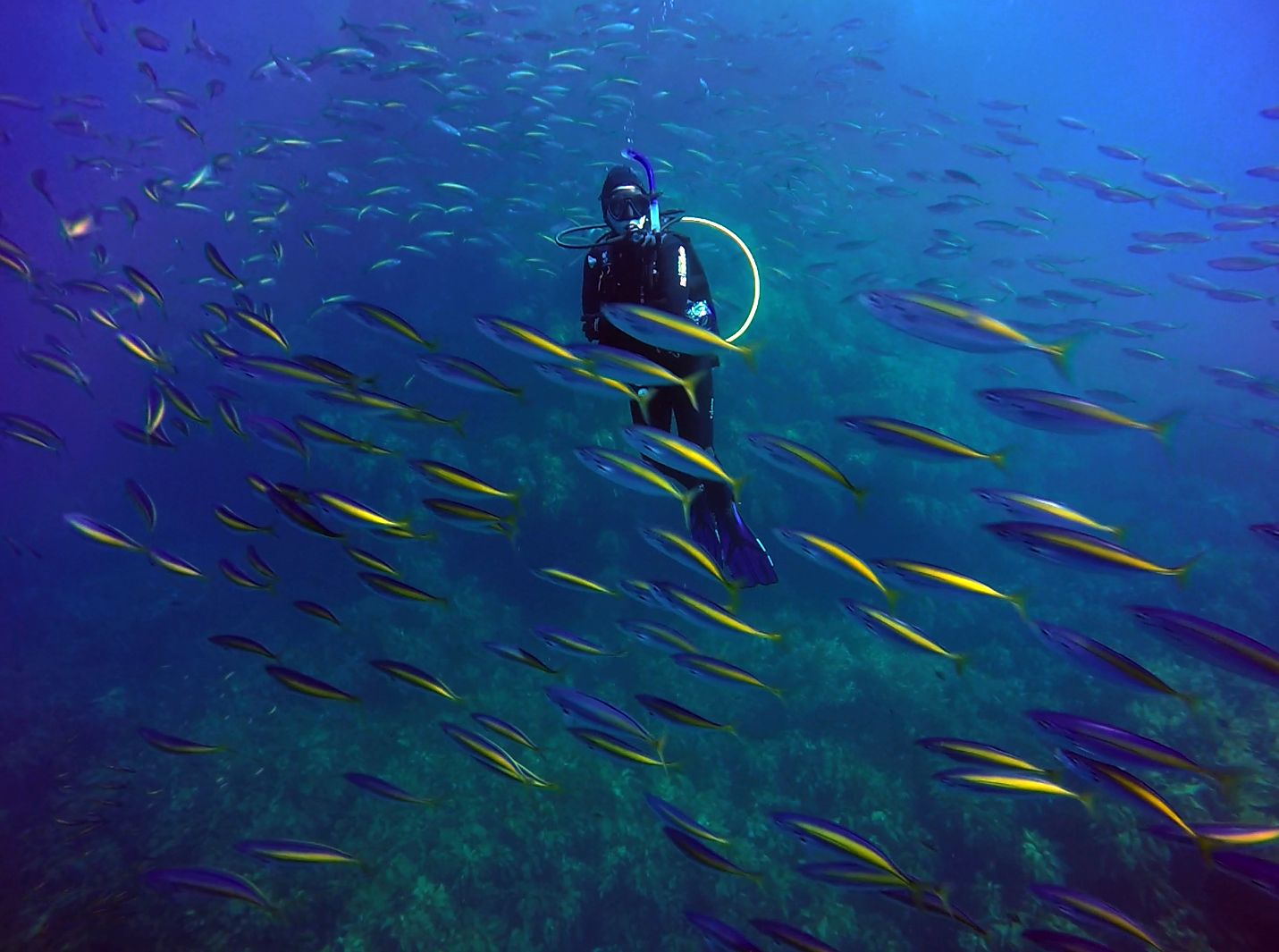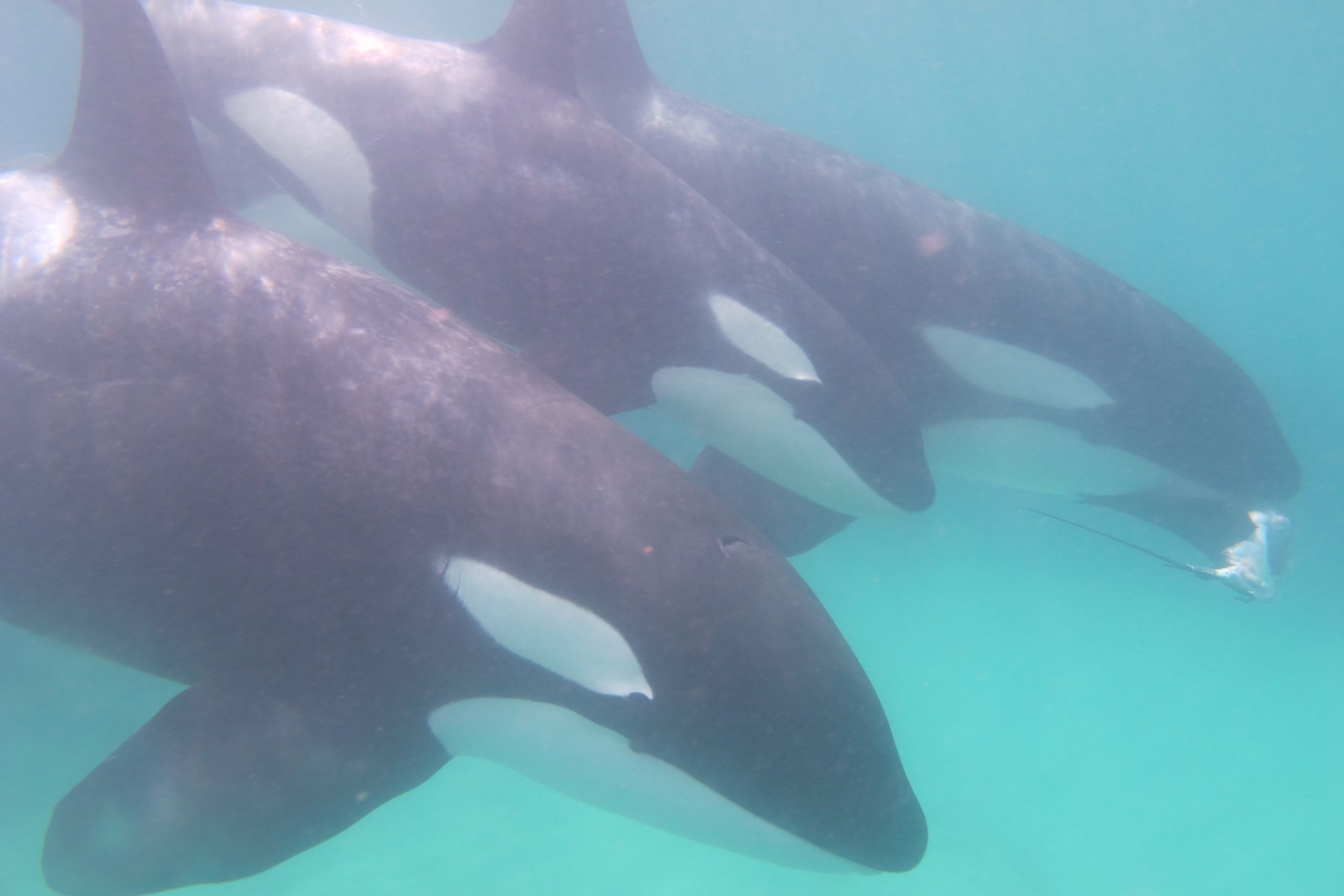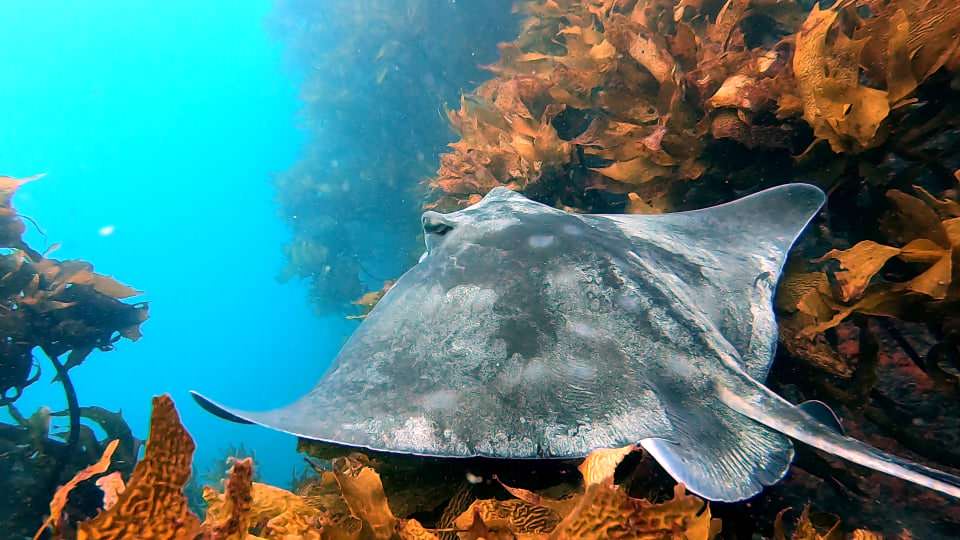Scuba Diving the Eastern Coromandel with Dive Zone Whitianga

No matter how you get to the Coromandel Peninsula’s East coast, by the time you arrive you would have already witnessed some of the areas stunning coastline and islands. Beautiful white sand beaches alongside rugged volcanic cliffs, an array of offshore islands scattered amongst the vista, all clad in picturesque native bush which during summer is laced with the unmistakable bright red flowers of the Pohutukawa tree. All roads leading to the temperate South Pacific Ocean where adventure awaits.
Mercury Bay is the ideal gateway to all that the Eastern Coromandel has to offer. Within an hour scenic boat travel from the town of Whitianga there are miles of diveable coastline to explore, over 30 islands including the Mercury and Alderman islands, Te Whanganui-A-Hei (Cathedral Cove) Marine reserve as well as countless rocks and pinnacles. For those averse to boat diving there is also excellent shore diving. The dive sites of the Coromandel are virtually endless. From shallow sheltered coves to deep vertical walls and everything in between there truly is something for everybody.

With the water temperature in Summer reaching a balmy 20-22 degrees Celsius it is not uncommon to see the odd local diver forgo their wetsuit for the day to enjoy the “practically tropical” temperatures. Mid-winter temperatures can dip to around 14 degrees and with the colder water often comes some of the best visibility, reaching up to 30 meters on a good day.
Springtime brings a warming of the water and with that process comes an explosion of life. Salp, Plankton, Jellyfish, Krill and Algae all arrive and put on a buffet for the fish life. Whilst most species can be seen year-round this warming water and plentiful food brings with it a few members more commonly seen in the warmer months. Of note are the always impressive schools of Kingfish along with giant Lions Mane Jellyfish, schools of bright yellow striped Koheru.

The shy and elusive Bronze Whaler shark are the most commonly encountered, but there is always a chance of spotting a Hammerhead or a Mako, more often seen from above the waterline. Giant Boarfish also move in from deeper water during the summer to find food in the sand surrounding the reefs and are always a thrill to spot hiding behind a lone piece of Kelp.
All throughout the year there is great diving to be had and with the benefit of a sheltered harbour entrance and so many different dive sites offering protection from different weather directions it is possible to find good diving on even the most uninviting of days. Dive sites are as varied as the scenery surrounding them.

For the less experienced and those in training there are picturesque bays with shallow sandy bottoms leading along rocky reefs covered in Kelp forest which is home to countless species. Some of the more commonly encountered are the ever-curious Leatherjacket and the bold and colourful Sandagers Wrasse, Red Moki often in pairs. The Black Angelfish can be seen tending to and guarding its own piece of rock, chasing away any fish that dares come too close. Porcupine Fish are commonly spotted hiding under rock ledges as are Rock lobster of the red and the packhorse variety.
Butterfish families frequent the sunny shallow knolls and above the reef schools of Jack Mackerel roam. Hiding in the cracks you can often find a Yellow Moray eel that looks like its waiting for the punchline of a joke. Octopus homes can be spotted by the arrangement of shells laid around the entrance and a closer inspection will often result in a pair of eyes stretching out to spy you back.

The patient diver may even manage an octi-handshake. Out on the sand a pair of eyes and a footprint shape will give away the location of a Spotted Stargazer buried and waiting for dinner and the slightly less camouflaged nose of a Snake eel head shows a fraction of the creature which has two meters of its body buried under the sand. Eagle rays frequent these areas and are always a highlight to see gliding gracefully around the reef or sleeping in a sheltered spot.
Their slightly larger cousins the Shorttail stingray are also a common sight undulating its wings around the reef like a magic carpet. The Longtail stingray growing up to four meters long is a rarer treat but has been known to congregate in large groups in the area.
If your dive happens to be in the Te Whanganui-A-Hei (Cathedral Cove) Marine reserve, then chances are there are a few very large Snapper around you and the many large Crayfish will boldly edge out of their hiding places to check you out. The nearby Hot Water beach is a great post dive activity, a natural hot spring comes out of the sand and at low tide it is possible to dig your very own waterfront hot pool right on the beach.
For every level of experience there are options for adventure and exploration. Around the area there are a number of sites which provide stunning topography, deep water and a bit of current. Just the recipe for an epic dive. Pinnacles which start just under the surface and drop into 50 plus meters of water.

Archways above and below water, swim throughs, caves, house sized boulders all teeming with life. For the macro lover there are walls covered with encrusting life, colourful Sponges, Anemones and Hydroids. Clown, Gem and Jasons nudibranchs the most common but not the only varieties of the fascinating slugs to be found. Triplefins of various types including the enchanting Blue eyes. Bleeneys poking out from their tiny homes give a grumpy look to passing divers.
There are great hangouts for schools of the vivid Blue Maomao as well as the ever picturesque Two Spot Demoiselle, underneath which can often be found lurking John Dory, large, round and thin with Rooster spikes above, these guys are always a favourite.

Huge schools of Kahawai and Trevalley can be found roaming, feeding on the surface and occasionally being chased by Kingfish. Schools of Pink Maomao can be found on the deeper pinnacles as well as the elusive Golden Snapper. Scorpionfish and the creatively named Big Eye inhabit the darker areas with the occasional Red Banded Coral Shrimp in there for good measure.
During the cooler months New Zealand Fur Seals take up residence in the area and often take great joy in following divers around the shallower parts of their dive. These characters love to show off their underwater prowess with flips, spins and bubble blowing. Dolphins are a common sight year-round with Bottlenose and Common Dolphin frequenting the area. The Common Dolphins are most often seen offshore while travelling between dive sites and generally travel in large pods of 20 plus dolphins.

The local Bottlenose population are more coastal and if the mood takes them, they will hang out with divers for the entire day, in some cases even following a boat between dive sites for a second play with the strange bubble blowers. Of course, these encounters are entirely dependent on the whim of the animals. Orca as well, roam the coastline and the wider area and this particular variety are specialist Ray hunters.
If lucky enough to be around when the Orca are, one may witness a pod patrolling the shallows working together to muster Stingrays. A few lucky divers even get the opportunity to see these magnificent creatures face to face. Let me remind you that no Orca in the wild has ever harmed a Human. Turtles also have become an occasional sight for the lucky diver over the summer months and while out of their usual territory those spotted of late have appeared in good health.

Whales do occasionally pass through the area and sometimes on the way through they stop to put on a show. Among the species sighted in the area during 2020 were, Blue, Minke, Brydes, Pilot and Humpback, one of which spent two days jumping and putting on a show near a local beach before carrying on its travels.
The Eastern Coromandel has so much variety it is hard to specify a certain favourite area. Any site on any given day can produce something magical when you least expect it. It is this element of the unknown that adds to the adventure. A dive here will not be a dive where you have the whole dive described to you before you enter the water, you really are exploring and you never know what is around the next corner. That’s the beauty of it.

Written By Ryan Hanson
Photo Credit Ryan Hanson & Dive Zone Whitianga
Click here for Scuba Diver ANZ issue 33








